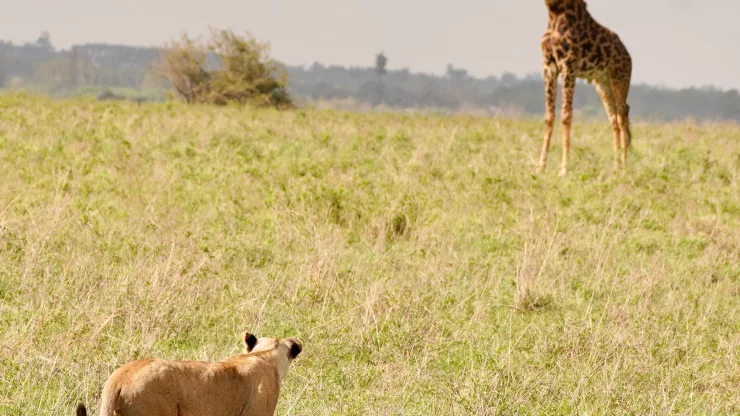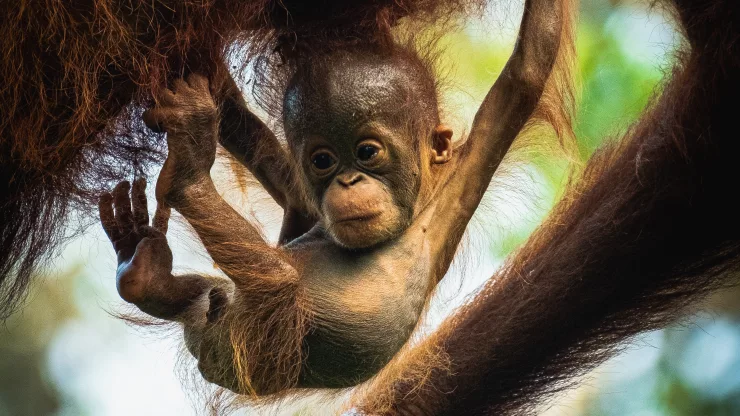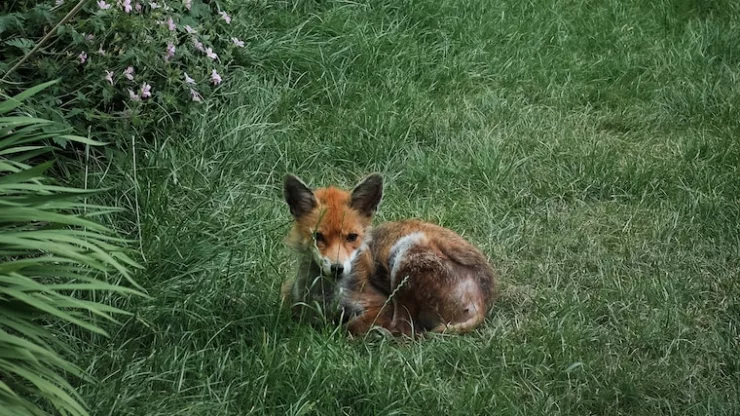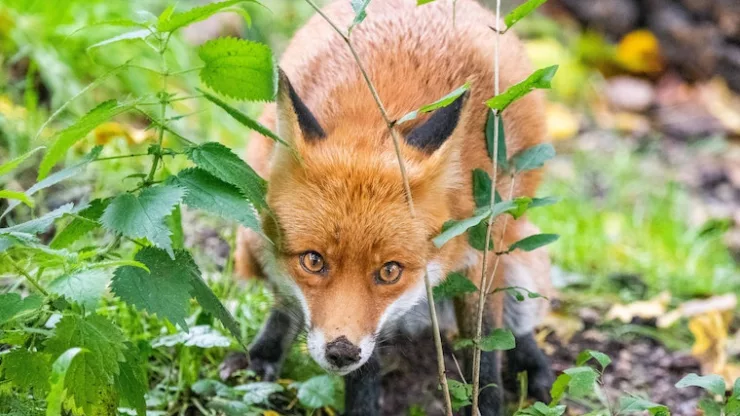As cities expand and grow, the natural habitats of wildlife are being destroyed. However, humans and wildlife can coexist in urban areas with the help of conservation efforts.
Community engagement is a crucial aspect of urban wildlife conservation, as it raises awareness and encourages participation in conservation programs.
In this article, we will discuss the impact of urbanization on wildlife, the importance of community engagement in conservation efforts, examples of successful urban wildlife conservation programs, challenges faced in conservation, and strategies for overcoming those challenges.
Jump to Section
Introduction
As the world’s population continues to grow, urbanization has become a reality for many countries.
With this growth comes the destruction of natural habitats, leading to a decline in wildlife populations.
However, cities can be designed to accommodate both humans and wildlife, and community engagement is essential to making this a reality.
Urbanization and its Impact on Wildlife
Urbanization has a significant impact on wildlife, as natural habitats are destroyed and fragmented.
This results in a decline in biodiversity and the displacement of animals. As cities continue to grow, wildlife is forced to adapt to new environments, which can be challenging and sometimes deadly.
The loss of natural habitat also affects the ecosystem as a whole, as it disrupts the balance of predator-prey relationships and impacts the pollination of plants.
The Importance of Community Engagement in Conservation Efforts
Community engagement is crucial to the success of urban wildlife conservation efforts. It raises awareness, encourages participation, and fosters a sense of responsibility among community members.
There are two primary ways in which community engagement can be achieved: education and awareness campaigns, and citizen science.
Education and Awareness
Education and awareness campaigns are an effective way to engage the community in conservation efforts.
These campaigns can take the form of workshops, seminars, and public events that aim to educate people about the importance of wildlife conservation and how they can contribute.
By educating people about the impact of urbanization on wildlife, community members can make informed decisions that support conservation efforts.
Citizen Science
Citizen science is another way in which community engagement can be achieved.
Citizen science involves the participation of community members in scientific research, such as collecting data on wildlife populations.
This provides valuable information that can be used to inform conservation efforts and helps community members feel like they are making a meaningful contribution to wildlife conservation.
Examples of Successful Urban Wildlife Conservation Programs
There are many successful urban wildlife conservation programs around the world that rely on community engagement. Here are some examples:
City-based Programs
| Program Name | Location | Description |
|---|---|---|
| WildlifeNYC | New York City | A program that aims to enhance the quality of life for both humans and wildlife in the city through education, outreach, and research. |
| The Living City | Toronto, Canada | A program that works to protect and enhance the natural environment in the city through education, research, and community engagement. |
| Melbourne’s Biodiversity | Melbourne, Australia | A program that aims to conserve and enhance biodiversity in the city through community engagement and citizen science. |
Community-led Programs
| Program Name | Location | Description |
|---|---|---|
| Backyard Biodiversity | Brisbane, Australia | A program that encourages citizens to create wildlife-friendly habitats in their own backyards. |
| Greening the Rubble | Christchurch, New Zealand | A program that encourages community members to create green spaces in areas that were affected by the 2011 earthquake. |
| The Urban Wildlife Information Network | USA | A citizen science program that collects data on wildlife populations in urban areas. |
Challenges to Urban Wildlife Conservation
Conservation efforts face several challenges in urban areas, including habitat fragmentation, human-wildlife conflict, and lack of funding.
Habitat Fragmentation
Habitat fragmentation is a significant challenge in urban areas, as it disrupts the natural habitat of wildlife.
This can lead to a decline in biodiversity and displacement of animals.
Human-Wildlife Conflict
Human-wildlife conflict is another challenge faced by conservation efforts.
As urban areas continue to expand, humans and wildlife come into contact more frequently, leading to conflicts that can be dangerous for both parties.
Lack of Funding
Lack of funding is a significant challenge faced by conservation efforts in urban areas. Many programs rely on government funding or donations, which can be unreliable.
Strategies for Overcoming Challenges
There are several strategies that can be used to overcome the challenges faced by urban wildlife conservation efforts, including collaboration with local government, innovative fundraising, and community partnerships.
Collaboration with Local Government
Collaboration with local government is essential to the success of urban wildlife conservation efforts.
By working together, conservation programs can access funding and resources that would otherwise be unavailable.
Innovative Fundraising
Innovative fundraising is another way in which conservation programs can overcome funding challenges. This can include crowdfunding campaigns, partnerships with local businesses, and grants from private organizations.
Community Partnerships
Community partnerships are crucial to the success of conservation efforts, as they help to build trust and foster a sense of ownership among community members.
By working together, conservation programs can achieve more significant results and have a more significant impact on the community.
Conclusion
Urban wildlife conservation is crucial to maintaining biodiversity and preserving the natural environment.
Community engagement is essential to the success of conservation efforts, as it raises awareness, encourages participation, and fosters a sense of responsibility among community members.
By collaborating with local government, innovative fundraising, and community partnerships, conservation programs can overcome the challenges they face and make a meaningful impact on urban wildlife.
The Importance of Urban Wildlife Conservation and Community Engagement
Conservation efforts in urban areas are crucial to maintaining biodiversity and preserving the natural environment.
Community engagement is essential to the success of conservation efforts, as it raises awareness, encourages participation, and fosters a sense of responsibility among community members.
By working together, we can create cities that are sustainable for both humans and wildlife.
FAQ
What can I do to support urban wildlife conservation?
There are several things you can do to support urban wildlife conservation, including:
- Create wildlife-friendly habitats in your backyard
- Participate in citizen science programs
- Donate to local conservation programs
- Educate others about the importance of wildlife conservation
How can I report a wildlife sighting in my neighborhood?
Many cities have programs that allow you to report wildlife sightings. Contact your local government or conservation organization for more information.
What should I do if I encounter a wild animal in the city?
If you encounter a wild animal in the city, it’s essential to keep a safe distance and not approach the animal.
Contact your local animal control or conservation organization for advice on what to do next.
I’m a nature enthusiast and creator of Metro Wilds and have spent years exploring the great outdoors.
With a passion for environmental conservation and sustainability, I have dedicated my career to writing about the beauty and wonders of nature, as well as the threats facing our planet.
Contact me at [email protected] for assistance.





